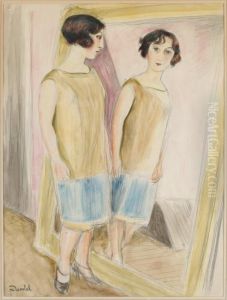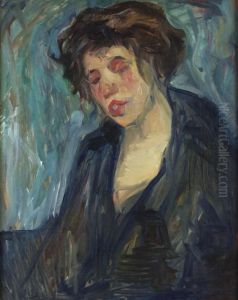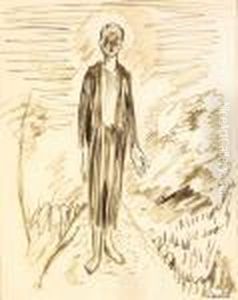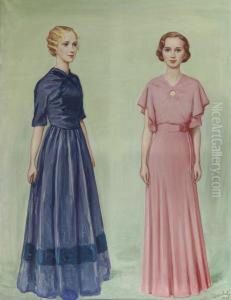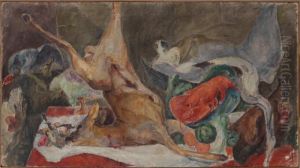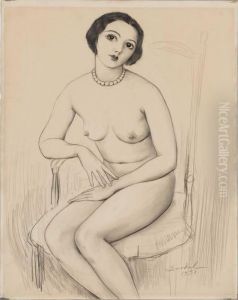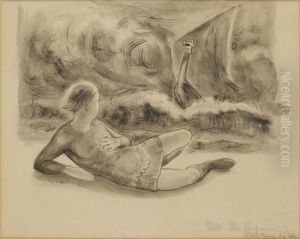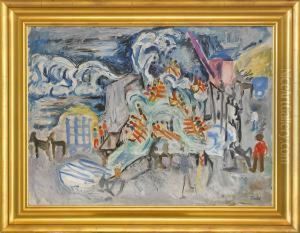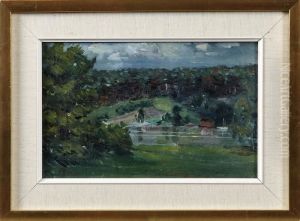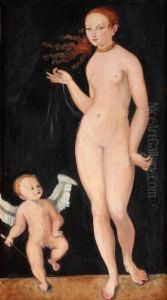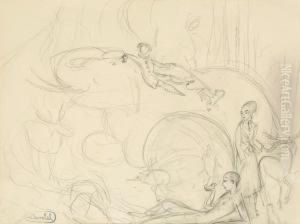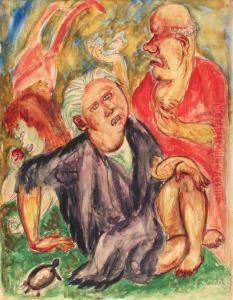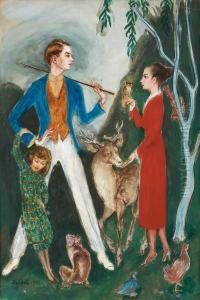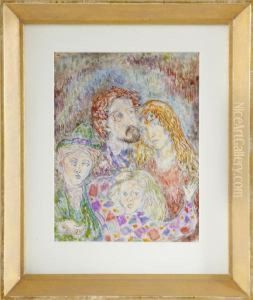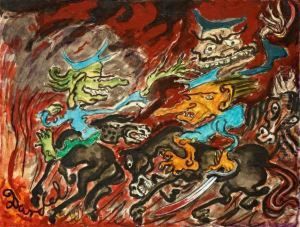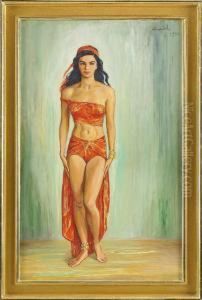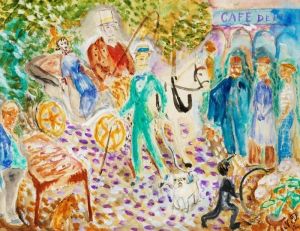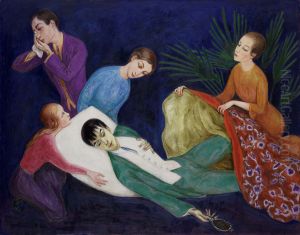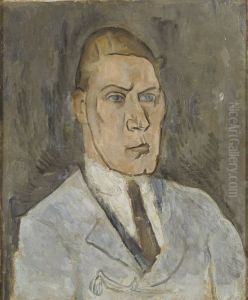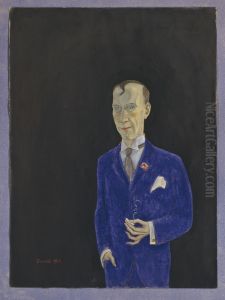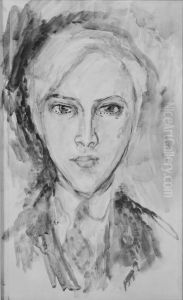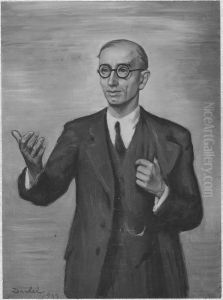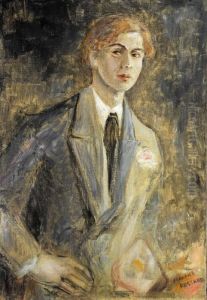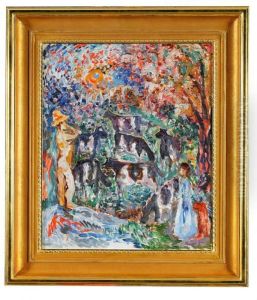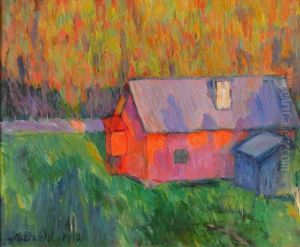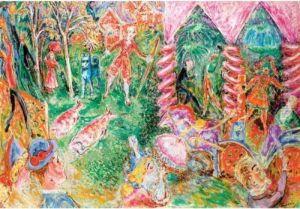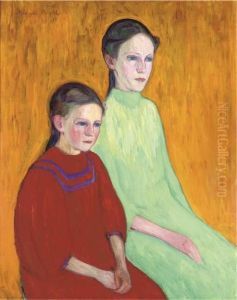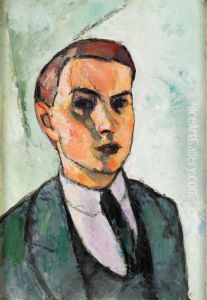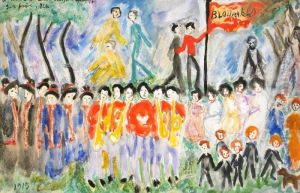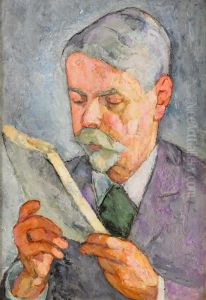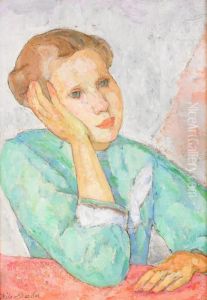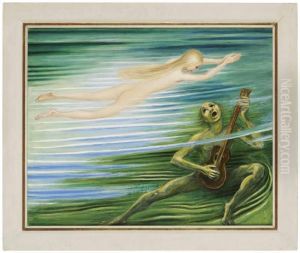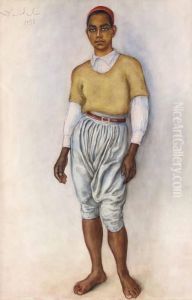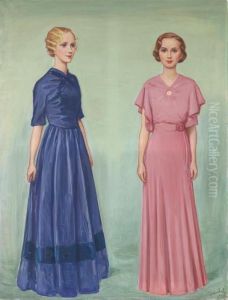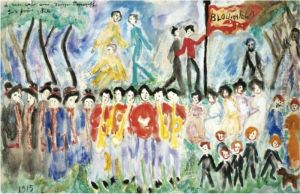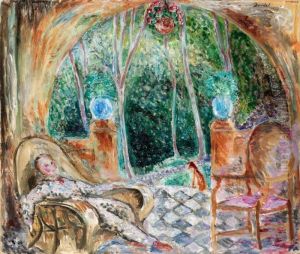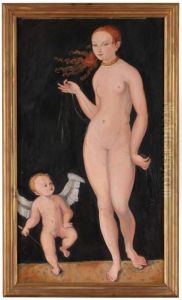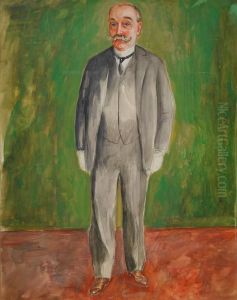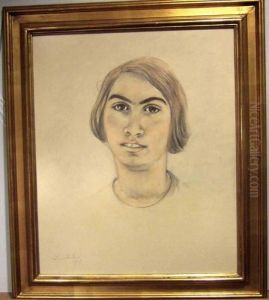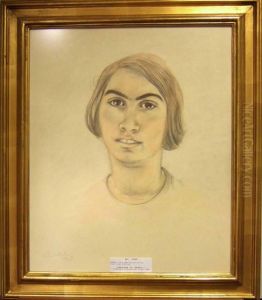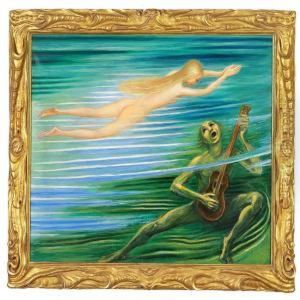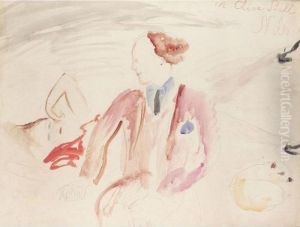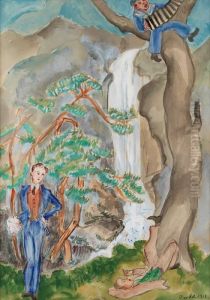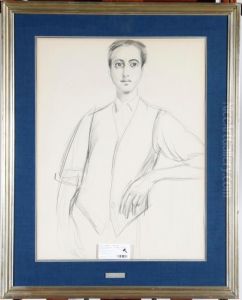Nils Von Dardel Paintings
Nils von Dardel, also known as Nils Dardel, was a Swedish painter associated with post-impressionism and modernism, known for his emotionally charged and often whimsical works. Born Nils Elias Kristofer von Dardel in Bettna, Sweden, on October 25, 1888, he grew up in a noble family that appreciated the arts, which allowed him to pursue his interest in painting from a young age.
Nils studied at the Royal Swedish Academy of Arts in Stockholm, where he honed his skills in drawing and painting. After completing his education, he traveled extensively, which had a significant influence on his work. He spent time in Paris, which was the epicenter of the art world at the time, and was exposed to the works of post-impressionists and the burgeoning avant-garde movement. His early works were characterized by a vivid color palette and a blend of styles that showed the influence of the French avant-garde, including fauvism and cubism.
Throughout his career, von Dardel developed a distinctive style that combined a narrative element with a dreamlike quality, often infused with a sense of melancholy or irony. His subjects ranged from portraits and landscapes to scenes of contemporary life and historical events, all rendered in his unique, expressive manner.
One of his most famous works is 'The Dying Dandy' (Den döende dandyn), which he painted in 1918. This work reflects von Dardel’s preoccupation with themes of love, death, and the fleeting nature of life, which are recurrent throughout his oeuvre.
Despite his success as an artist, von Dardel's personal life was tumultuous, and he struggled with the conservative attitudes of Swedish society at the time. His marriage to the painter Thora Dardel and his relationships with other artists and writers were significant parts of his life and influenced his artistic output.
During the 1920s and 1930s, von Dardel continued to exhibit his work in Sweden and abroad, gaining recognition and participating in important exhibitions. However, the rise of nationalism and the tension preceding World War II affected him deeply. He was known for his pacifist views and his art sometimes reflected his political stance.
Nils von Dardel passed away on May 25, 1943, in New York City, where he had moved during the war years. His legacy is preserved in the collections of major museums in Sweden and around the world, and he remains one of Sweden’s most appreciated modernist painters.
